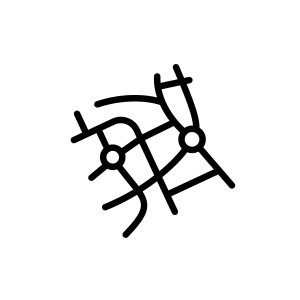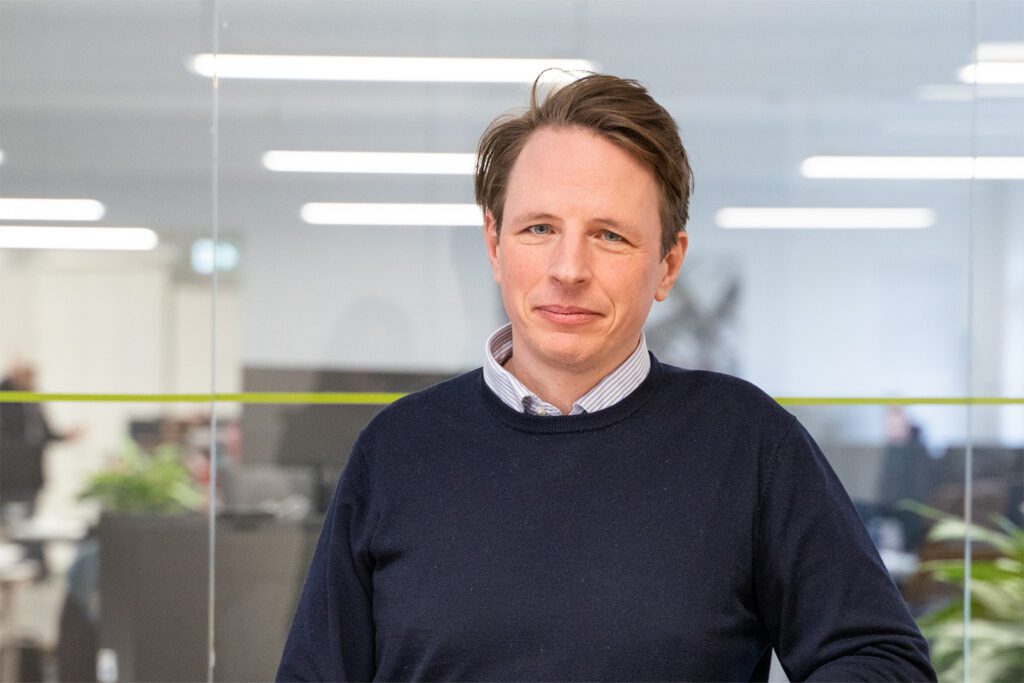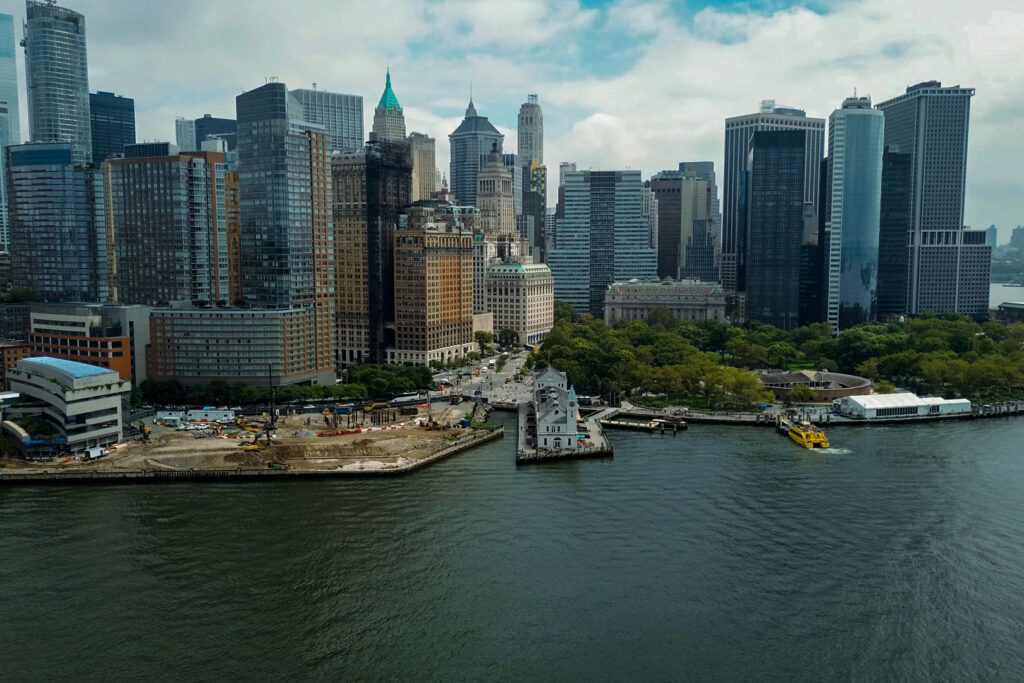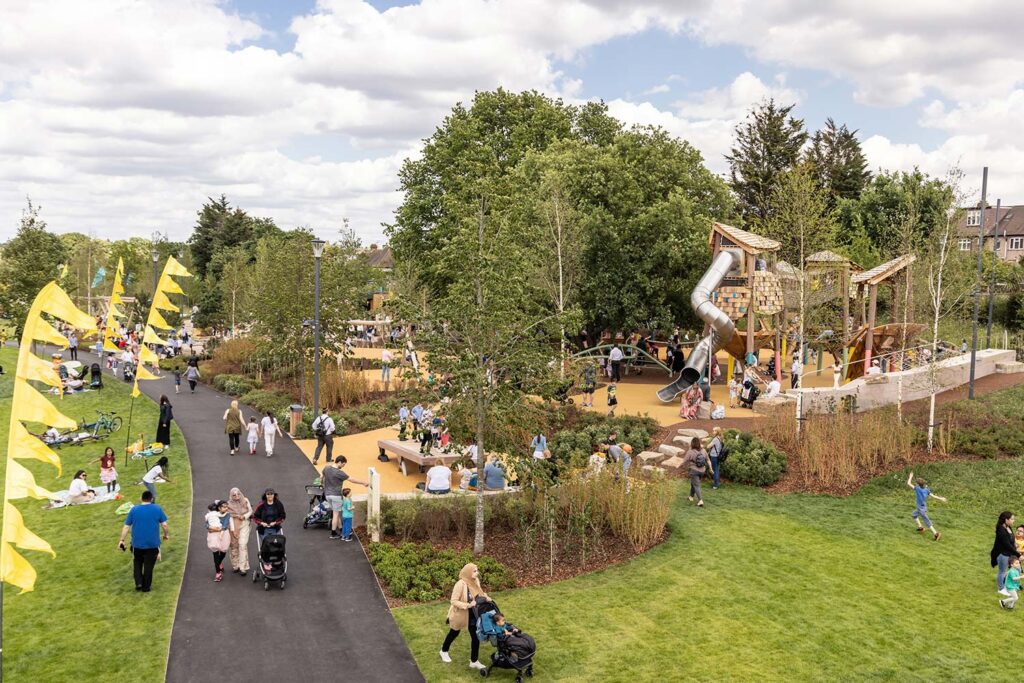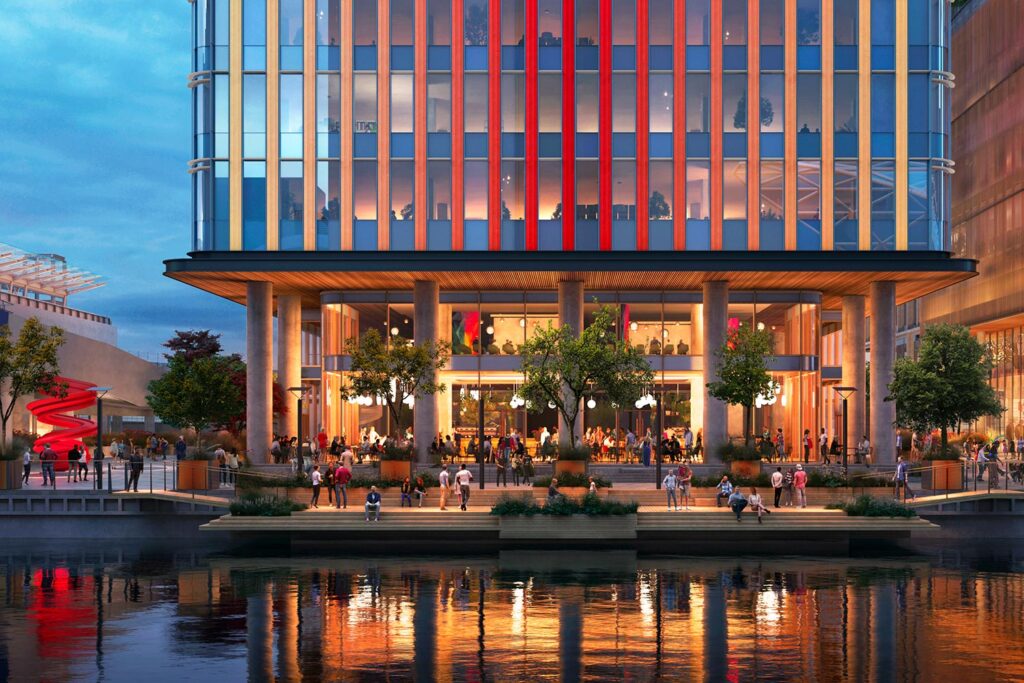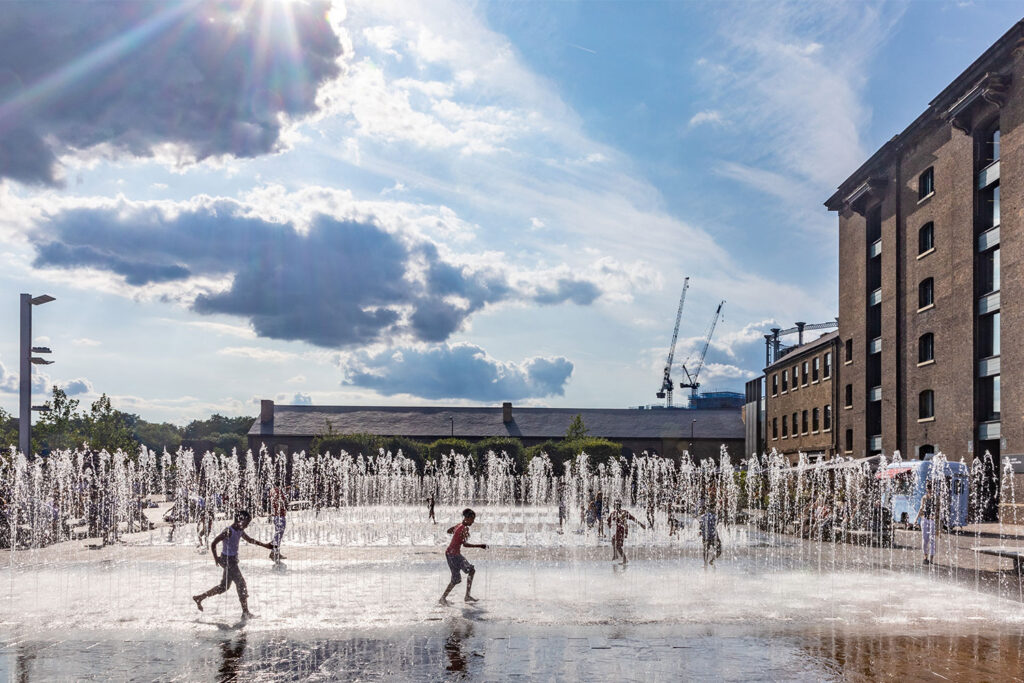
A dynamic masterplan for the “knowledge city of tomorrow”
Patrick Henry Village
Heidelberg, Germany
Project details
Client
Client: Urban Standards, End Client: Stadt Heidelberg
Architect
KCAP
Collaborator
Project Management: IBA Heidelberg
Duration
2019 – 2020
Services provided by Buro Happold
First opened in 1947, Patrick Henry Village (PHV) was a site for US military family housing until it closed in 2013. As the lighthouse project of the International Building Exhibition (IBA) Heidelberg, PHV is now being reimagined as an archetypal district for the “knowledge city of tomorrow”.
The overarching purpose of this work is to create a diverse and sustainable neighbourhood – both ecologically and socially – that is highly resistant to risks and changing conditions. Covering approximately 100 hectares – Heidelberg’s largest conversion area – PHV will be home to 10,000 people while providing 5,000 jobs.
Challenge
The process began in 2015 with the idea of PHVision, which aims to use Heidelberg as a real-life laboratory that provides insight to improve urban development far beyond the region. For the project’s dynamic masterplan, which was led by KCAP, several expert teams compiled reports on development and architecture, diverse urban districts, productive urban landscape, and the digital city. The fifth topic – multi-mobility – was led by Urban Standards with support from our mobility experts. Besides innovative building typologies, individual studies were undertaken on technical infrastructure and open space solutions, implementation strategies, operator models and governance processes.
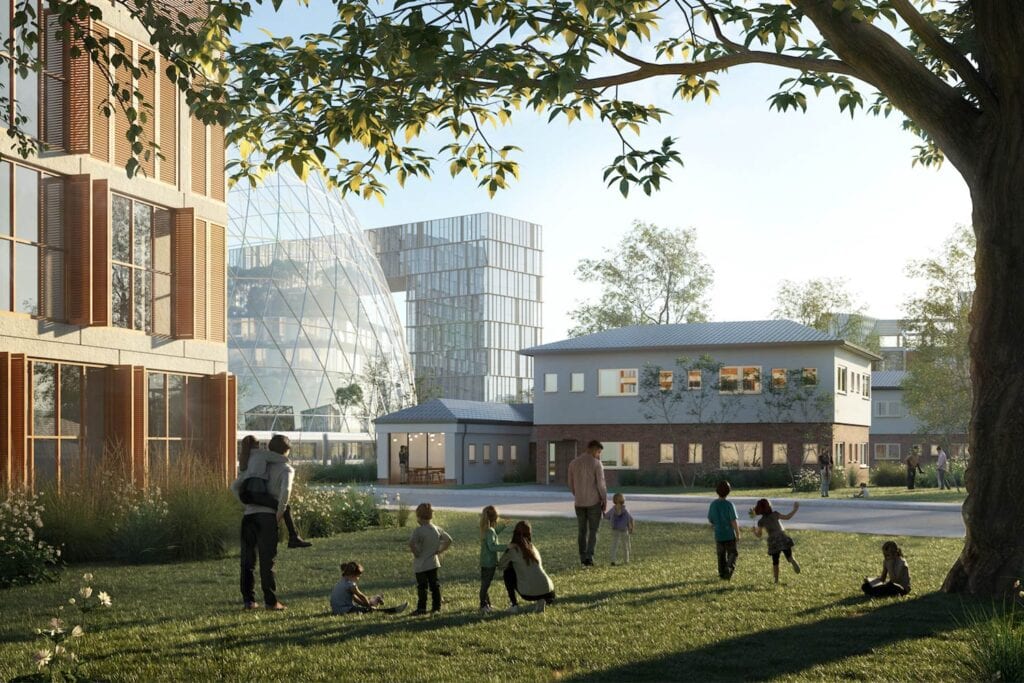
Patrick Henry Village’s multi-mobility concept is anchored by the Green City Plan and the region’s targets for sustainable mobility. Heidelberg is also committed to the C40 Sustainability Agenda, particularly as regards the declarations of “Fossil fuel-free streets” and “Green and healthy streets”.
The aim was to develop a concept for the typology of conversion areas that are suitable for cars, thereby creating a model for sustainable and affordable urban mobility.
Solution
The mobility concept devised by our team consistently adheres to the principles of a “city of short distances”. The central element of this concept is a neighbourhood free of car parks, which will result in less traffic while offering more freedom for “soft mobility” such as walking and cycling. Integrated solutions will enable residents and visitors to get around without need of private car ownership; in addition to trams and shuttle buses, there will be high-quality infrastructure to support bicycles. The introduction of a car sharing system will cater for journeys further afield.

The concept is based on a push and pull strategy that incentivises walking, cycling, public transport and ride sharing while dissuading car use – via no parking facilities, for example – to organically alter mobility behaviour in the long term. This is also a means to accomplish more far-reaching goals, such as reducing CO2 emissions, while improving road safety. Further benefits include cost-effective construction – for example, no underground car parks are required.

Value
In helping to develop this progressive concept, Buro Happold’s transport and mobility experts have provided Patrick Henry Village with a mobility strategy completely in tune with the project’s ambitious, internationally minded intent.

